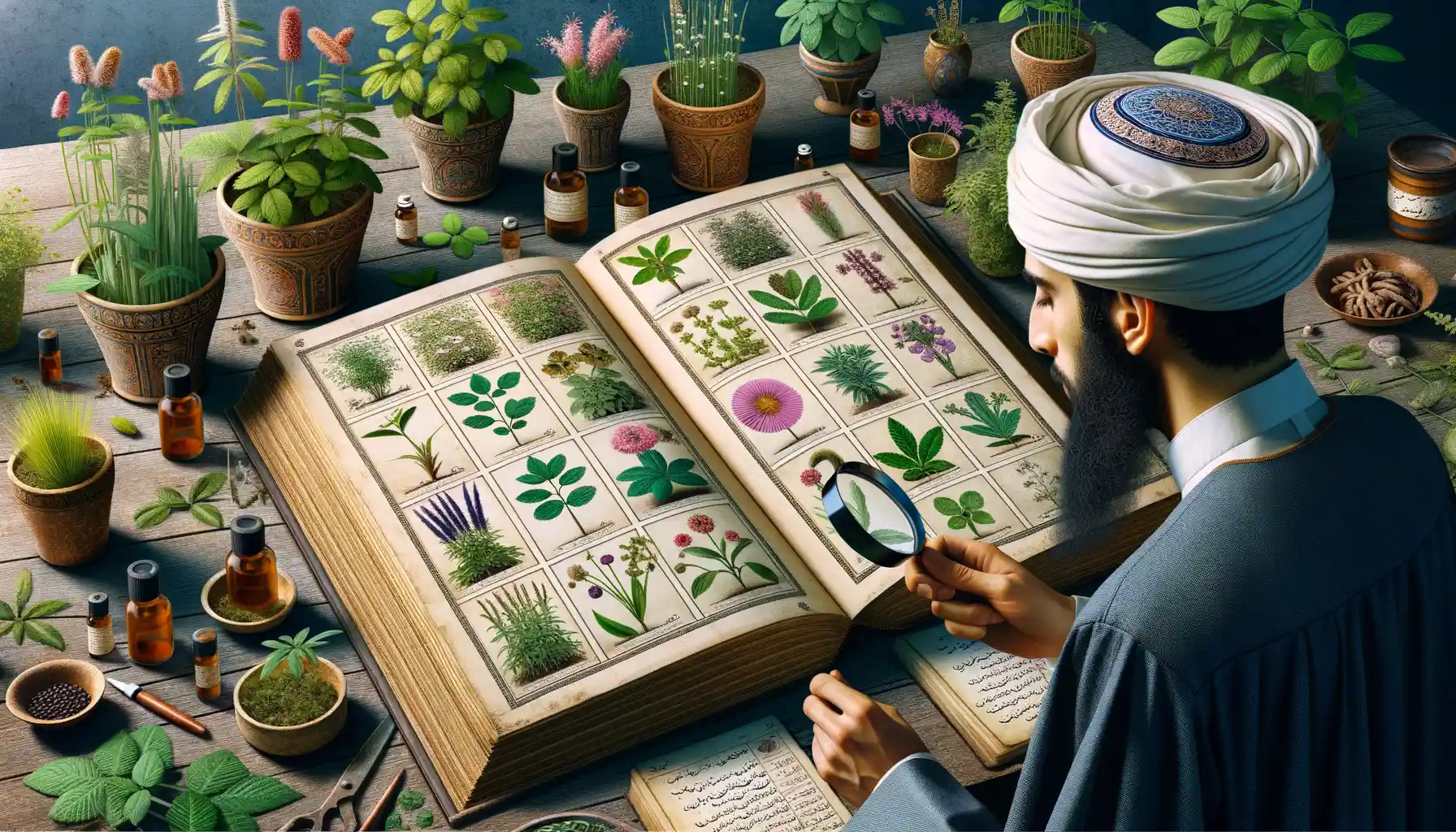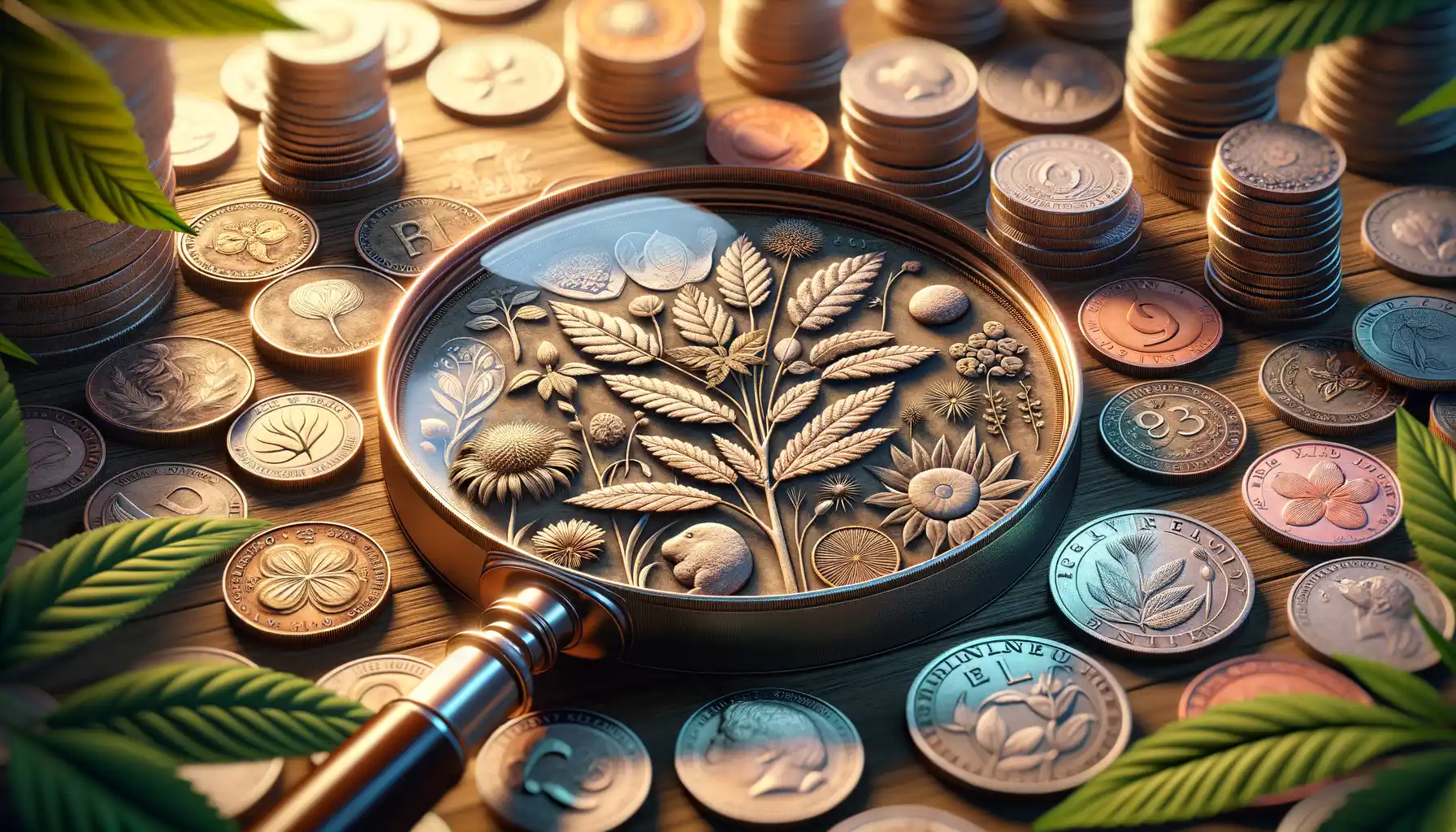Historical Significance of Ancient Coins Featuring Healing Plants
Unearthing Stories Through Coins
Imagine holding an ancient coin in your hand. It’s not just metal—it’s a time traveler, whispering secrets from a distant era. Now, picture these coins adorned not with emperors or eagles, but with delicate sprigs of healing plants like silphium, fennel, or laurel. These weren’t mere decorations; they carried deep significance, acting as symbols of life, health, and prosperity in civilizations like Greece and Rome.
In times when medicine was entwined with the divine, these engravings often linked rulers to the gods of healing, strengthening their image as protectors and providers. A coin featuring the asclepias plant, for example, could evoke images of Asclepius, the Greek god of medicine, emphasizing his role as a spiritual anchor for the people.
- Laurel leaves: Associated with purification and victory, echoing Apollo’s protective care.
- Silphium: A now-extinct plant, cherished for its legendary medicinal and culinary uses.
These coins weren’t just currency; they were miniature canvases, capturing the hopes and beliefs of entire cultures—tangible pieces of human connection, etched in metal.
Cultural and Religious Context of Healing Plant Symbols

The Sacred Language of Plants in Ancient Beliefs
Ever wonder how a simple leaf or flower could embody the secrets of life, health, and even divine power? To the ancients, healing plants weren’t just remedies—they were sacred messengers, bridging the human and the divine. Coins from antiquity often depicted these plants with an almost reverent precision, not as mere decoration, but as vessels of profound meaning.
Take the **olive branch**, for instance. Yes, it’s a symbol of peace today, but in ancient Greece, it was also a token of Athena’s wisdom and protection. Owning a coin etched with those delicate leaves could feel like having a fragment of the goddess’ blessing in your palm.
Now consider the **lotus flower**, which graced coins in regions influenced by Egyptian and Indian thought. It wasn’t just a pretty bloom; it stood for rebirth and spiritual awakening. Picture this: someone in the ancient world placing their faith in that symbol, trusting it to connect the seen and unseen.
- Myrtle sprigs: Representing love and immortality, tied deeply to Aphrodite worship.
- Cypress trees: A symbol of mourning, yet also eternal life in Persian culture.
Each plant captured on a coin was more than imagery—it was a story, a prayer, a tiny monument to the beliefs of a people.
Crossroads of Healing and Ritual
Healing plants didn’t just heal bodies—they soothed souls and forged cultural identities. In ancient Rome, for example, the **poppy** often symbolized sleep or death because of its connection to Hypnos, the god of sleep. Imagine holding a coin adorned with tiny poppy capsules—part medicine, part talisman against restless nights.
For the Celts, mistletoe was harvested with ceremony, believed to cure illnesses and bring unity between warring tribes. When such powerful symbols found their way onto coins, they likely represented more than just trade currency—they were compact expressions of regional pride and spirituality.
In some ways, these coins acted like social media posts of the ancient world. They spread ideas, connected communities, and shared values—all through the silent, enduring language of plants.
Botanical Identification of Healing Plants Depicted

Decoding Nature’s Secrets through Ancient Coins
Have you ever gazed at an ancient coin and wondered about the plants delicately etched into its surface? These weren’t just decorative flourishes—they were a botanist’s treasure trove in miniature. The depictions often reveal incredible detail, allowing modern-day scholars to identify species that held profound medicinal or symbolic value.
Take, for instance, the engravings of the mighty silphium, known for its heart-shaped seed pod and legendary healing properties. On coins from Cyrene, its distinctive stalks still whisper tales of ancient apothecaries who prized it for everything from fevers to fertility remedies. The precision with which the plant was carved even helps experts distinguish it from other similar herbs like fennel.
- The delicate curling leaves of laurel, sacred to Apollo and a symbol of purification, easily identified by their lance-shaped design.
- The broad, unmistakable petals of the poppy flower, hinting at its use as a sleep-inducing agent, etched onto Roman coins as a nod to tranquility.
The Artistic Touch of Ancient Engravers
It’s astonishing how engravers captured botanical anatomy with such precision, often rivaling what you’d see in modern botanical illustrations. For example, the slender seeds of coriander appear on select Hellenistic coins, their spherical shape and linear ridges so specific that identifying them feels like solving a mystery locked in silver.
Even the humble olive branch, a universal emblem of peace, becomes a study in agrarian life. Those tiny fruits, no bigger than a pinhead on the coin, speak volumes about its importance in healing wounds and soothing the skin in the ancient world. Historical artistry meets scientific discovery—it’s all there, waiting to be uncovered on these metallic canvases.
Symbolic Meanings Attributed to Healing Plants

The Soulful Stories Behind Healing Plants
When it comes to healing plants, they don’t just grow in soil—they’re rooted in human hope, belief, and resilience. Ancient coins whispered tales of these plants, transforming them into more than flora—they became symbols of life itself. Take the mighty laurel branch, for instance. Sure, it represented victory, but it also carried a subtle message of purification and renewal. Imagine holding a coin adorned with it—wouldn’t you feel a spark of ancient wisdom?
And what about the delicate olive sprig? Its slender leaves are poetry in metal, speaking of peace not just between nations but within the soul. The ancients believed it could heal wounds, both physical and emotional. These symbols weren’t chosen lightly; they echoed universal truths that still resonate today.
- The restorative power of mint, often a symbol of hospitality and strength in overcoming challenges.
- The enduring image of ivy, representing loyalty that clings through hardships.
Each plant wasn’t just beautiful—it was a profound metaphor woven into daily life. Even as we marvel at these ancient designs, we can’t help but admire how deeply they understood the language of nature. Their meanings? Timeless.
Impact of Healing Plant Imagery on Modern Numismatics

The Revival of Ancient Botanical Symbols in Coin Art Today
Coins have always been more than pocket change; they’re cultural storytellers that whisper tales through their designs. And in modern numismatics, ancient healing plant imagery is creating ripples of fascination. Why? Because these botanical symbols still resonate deeply, even centuries later.
Take, for instance, the depiction of the sacred laurel on ancient coins—a symbol of purification and renewal. Today, collectors are drawn to contemporary coins that reimagine these motifs, often blending traditional patterns with modern artistry. It’s as if these tiny metal canvases offer both a nod to history and a breath of fresh air for today’s creative energies.
- Collectors hunt for coins featuring plants like olive branches, known for peace and healing.
- Designers are incorporating wild herbs such as mint or thyme, tying them to themes of wellness and nature’s resilience.
These motifs do more than beautify—they tell stories steeped in hope and recovery. Isn’t it poetic how an ancient plant symbol, etched into silver centuries ago, can now inspire new designs that feel utterly timeless? Modern numismatics bridges past and present, proving that some messages never wilt.
